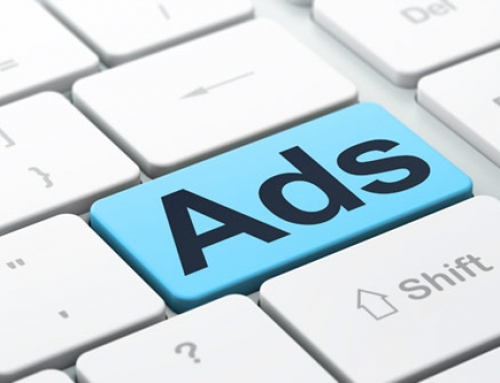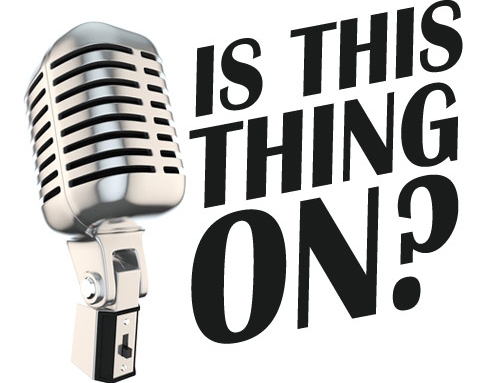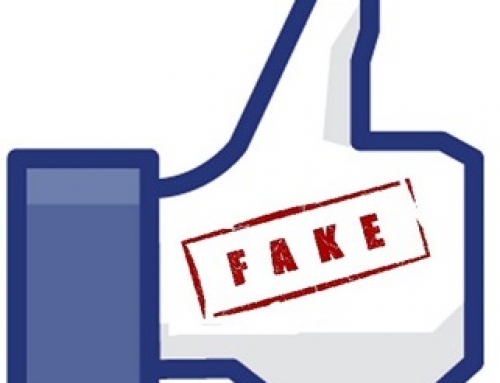If you run a website for the purpose of getting revenue from advertising, then web traffic from images isn’t scientifically going to get you a massive return. But that sort of web traffic might still help give your site a kick in the A$$ every now and again, which never hurts.
However, if you want to roll the dice (play with the laws of people physics) and use images as a funnel to get new visitors to your website, then image traffic can be a good thing to try.
First: most people search for images on Google, which uses an iframe and overlay to view the images, So mathematically or otherwise, you’re already you’re at a disadvantage for that visitor to turn into anything useful for you or your project. BUT if your images are hugely, neh!, astoundingly applicable to your website’s universe, then the they might break out of that iframe and look around your website a bit and turn into a useful part of the equation for your revenue stream.
Consider: most Internet users are searching for famous people in images (go figure, but that’s the content applicability link that allows me to put a funny photo of Albert Einstein in this post). After fame and celebrity image searches, then nature-related images with a narrative seem to be popular searches online (e.g. peaceful scene at the beach), then you start getting into people looking for narrative emotions (angry man, sad baby, etc.) and icons take up the rear. (That is a wicked generalization, but you get the idea.)
So…. how can your web site – that might not have anything to do with any of those most searched for areas – use images to get more web traffic?
First: don’t lie. Don’t mis-name images or anything like that. Eventually Google will punish you. Somehow the content of the post has to do with the content of the image. Don’t cheat. In general, we’d like to rid the world of cheaters, so we might as well start with web traffic from images.
Like this blog post, for example: Albert Einstein is a wee bit of a stretch, but it’s a funny picture of Einstein, and we’ve already managed to get Einstein’s name into this post four times to prove the point by… identifying the point… snake eating it’s own tail that just was. Which came first, the picture or the content?
Make sure you name the actual image file with the keywords you want to target (the content of the image, and try to keep it as short as possible). Don’t forget about all the meta data, and then put those keywords into the post on which the image resides. Oh… and make sure you have the right to use the image and aren’t breaking any apparent copyright.
Do your best, and test some ideas. It’s totally possible for a car wash company to have a picture of celebrities in business blogging posts (men shouldn’t have to think about that for too long… sorry, but it’s true and y’all know it. Sex still sells and people still search for sexy pictures of celebrities.)
And again, don’t count on the majority of your image traffic resulting in massive ad clicks or sales. Image traffic is like a very large, very wide sales funnel: it captures a lot more people in the beginning, but not as large of a percentage reach the end point.









